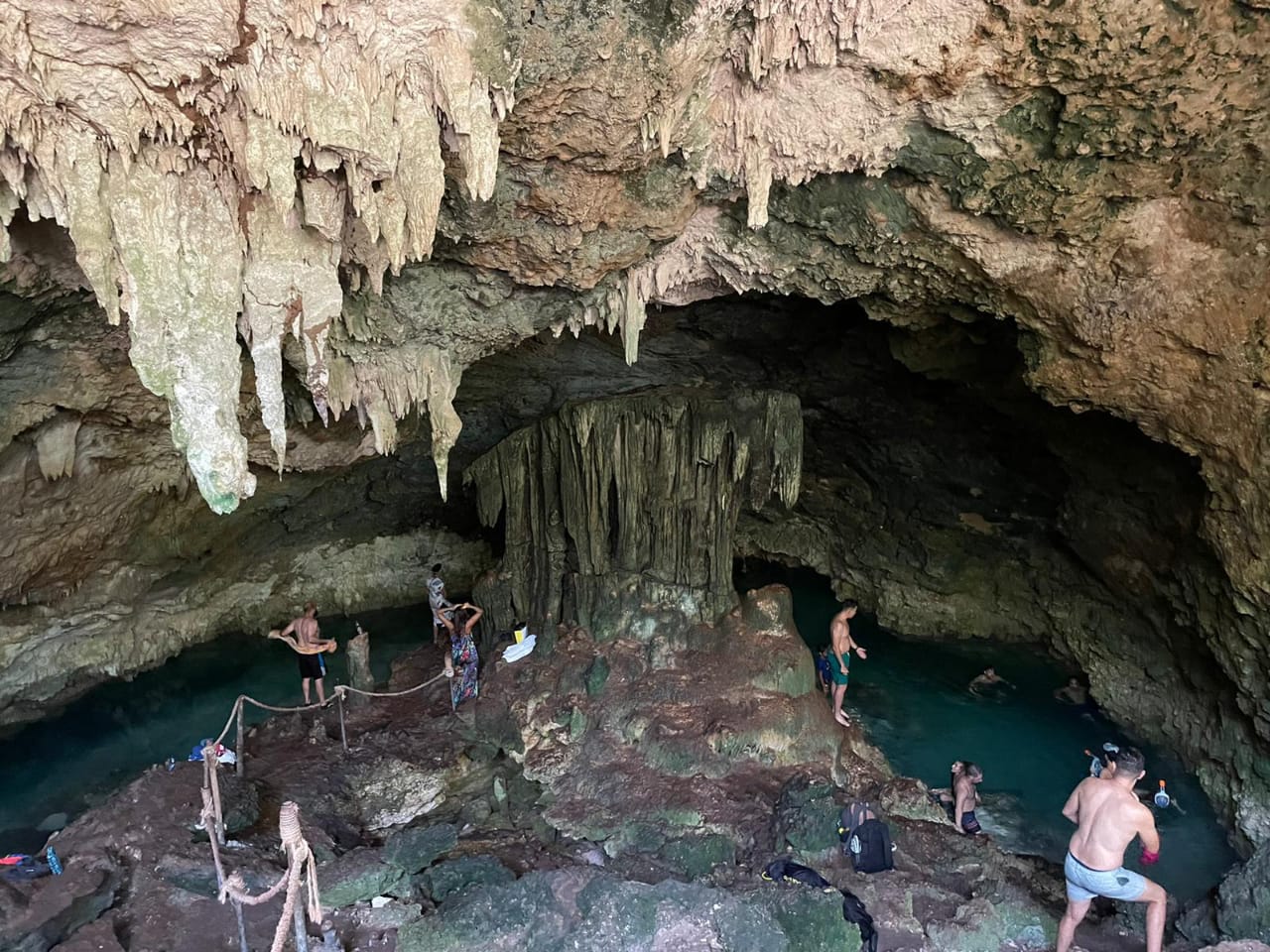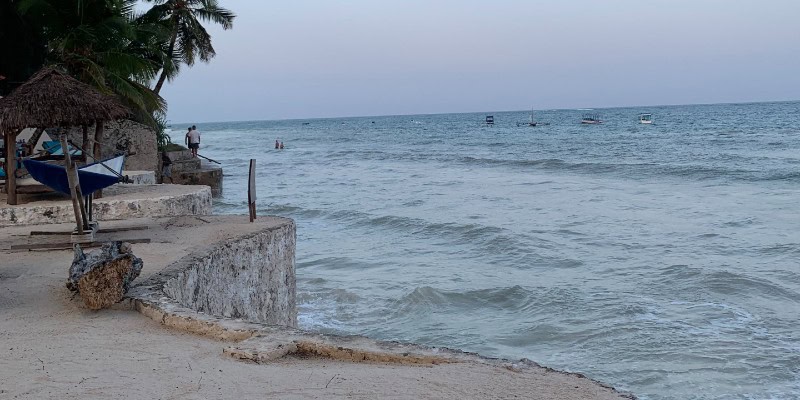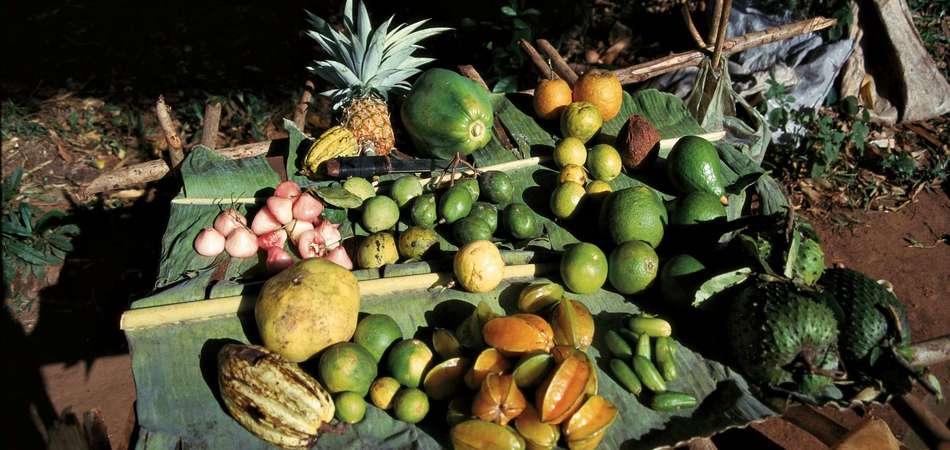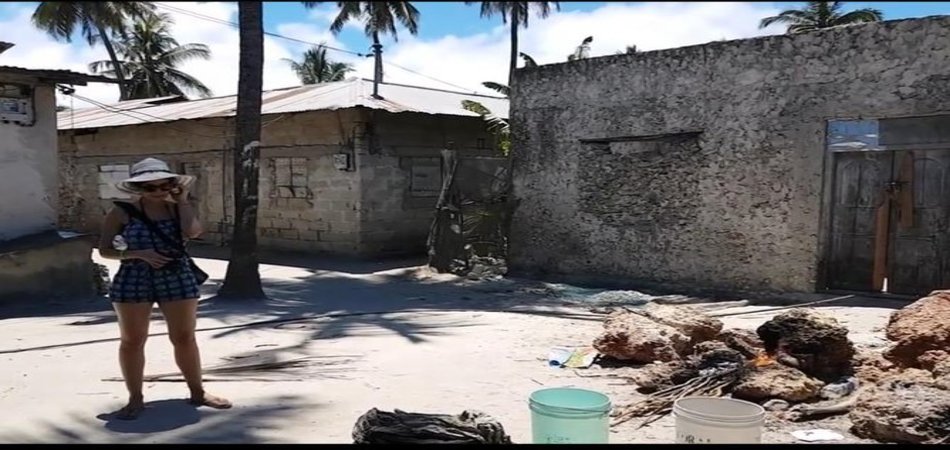Kuza Cave Jambiani
Tour snapshot
3 Hours
20 persons
Tanzania Zanzibar
Day Trips
Overview
Discover Kuza Cave: A Hidden Gem in Jambiani, Zanzibar
Located along the stunning shores of Jambiani on Zanzibar’s southeastern coast, Kuza Cave is a captivating destination that showcases the island’s geological marvels and rich cultural heritage. This limestone cave, adorned with impressive stalactites and stalagmites, provides visitors with a rare opportunity to explore the area’s geological history while engaging with local traditions. As Zanzibar’s tourism industry flourishes, Kuza Cave has become an essential stop for travelers seeking authentic experiences beyond typical beach resorts. In this article, we will explore the geological significance, cultural relevance, ecological importance, and visitor experience at Kuza Cave.
Geological Significance of Kuza Cave
Kuza Cave is a stunning representation of the geological processes that have formed Zanzibar over millions of years. Carved from coral limestone, this cave is the result of erosion and sedimentation, leading to a fascinating network of tunnels and chambers. Its formation dates back to the Pleistocene epoch, shaped by rising sea levels and tectonic shifts.
Inside the cave, visitors can observe magnificent features such as stalactites hanging from the ceiling and stalagmites rising from the ground. These formations are not only visually striking; they also provide valuable insights into historic environmental conditions. By analyzing the mineral composition and growth patterns, geologists can uncover climatic changes and sea level shifts that have occurred over the centuries.
Kuza Cave also serves as a natural laboratory for researchers focused on karst landscapes, which are defined by soluble rocks like limestone. The cave’s distinct characteristics enhance our understanding of karst topography, playing a critical role in groundwater systems and biodiversity in comparable ecosystems worldwide.
Cultural Importance of Kuza Cave
Beyond its geological features, Kuza Cave holds profound cultural significance for the local community. The cave is intertwined with folklore and tradition, often revered as a sacred site by Zanzibar’s indigenous peoples. Local legends speak of spirits inhabiting the cave, believed to safeguard the area and those who reside there. This spiritual connection fosters respect among locals, who often conduct rituals and ceremonies within its walls.
Moreover, Kuza Cave serves as a hub for community involvement and educational opportunities. The nearby village of Jambiani has adopted the cave as a focal point for cultural tourism, enabling visitors to engage with local customs and practices. Guided tours frequently include storytelling sessions, where local guides share the cave’s history and cultural significance, enriching the visitor experience and preserving oral traditions.
Integrating cultural elements into the tourism experience at Kuza Cave not only benefits visitors but also empowers the local economy. The influx of tourists creates income opportunities for local artisans and guides, promoting sustainable development while safeguarding traditional practices.
Ecological Significance of Kuza Cave
Kuza Cave is a geological and cultural treasure, but it is also an ecological sanctuary. The cave’s unique microclimate nurtures a diverse array of flora and fauna, including species endemic to Zanzibar. The humid conditions within the cave are ideal for various bats, insects, and plants that thrive in darkness.
Bats, in particular, play an essential role in maintaining the ecological balance within the cave’s ecosystem. These nocturnal animals contribute to pollination and seed dispersal, crucial for plant reproduction. Their guano, or droppings, serves as a vital nutrient source for other organisms in the cave.
To protect this delicate ecosystem from potential threats posed by tourism and environmental changes, conservation efforts are essential. Local organizations actively monitor the cave’s biodiversity and promote sustainable practices among visitors. By raising awareness about the ecological importance of Kuza Cave, stakeholders aim to ensure that future generations can appreciate its wonders while preserving its natural heritage.
Visitor Experience at Kuza Cave
A visit to Kuza Cave promises an enriching experience that combines adventure and education. The journey begins with a short hike through lush vegetation, offering a glimpse of Zanzibar’s vibrant biodiversity before arriving at the cave entrance. As visitors step inside, they are welcomed by a refreshing breeze and the breathtaking sight of glistening limestone formations illuminated by gentle lighting.
Guided tours led by knowledgeable local guides provide insights into the geological, cultural, and ecological features of Kuza Cave, ensuring a memorable and informative experience for all who visit.
Included
Select Dates
{{type.name}}
{{type.desc}}
{{type.display_price}} per person
Guests
Extra prices:
- {{total_price_html}}
- {{pay_now_price_html}}
Guest in maximum
BOOK NOW Book NowImportant information
Itinerary
FAQs about
Kuza Cave Jambiani
To cancel a booked tour or excursion, clients must submit a written request in accordance with our terms and conditions. This written cancellation request is essential for proper acknowledgment. Please be aware that cancellations may incur a percentage deduction from the total tour cost as outlined in our terms and conditions.
We reserve the right to cancel a booked tour only under unusual and unpredictable circumstances, as specified in our terms and conditions.
Kuza Cave is located in Jambiani, a coastal village on the southeastern shore of Zanzibar, Tanzania.
Kuza Cave is a natural limestone cave known for its stunning stalactites and stalagmites, rich cultural significance, and unique ecosystem. It offers a blend of geological exploration, cultural engagement, and ecological education.
Yes. Kuza Cave was naturally formed from coral limestone through millions of years of erosion and sedimentation, dating back to the Pleistocene epoch.
Yes. Kuza Cave is open to the public, and guided tours are available to help visitors safely explore the cave while learning about its history and significance.
The cave hosts various species, including bats, insects, and small plants adapted to the humid, low-light environment. These contribute to a delicate, self-sustaining ecosystem.
Yes. The cave features a clear, natural pool where visitors are welcome to swim. The water is cool and refreshing, especially after a hike to the site.
Guest reviews
You might also like
Dolphin & Marine Conservation -Make a Difference in one of the most beautiful destinations
Tanzania Zanzibar










